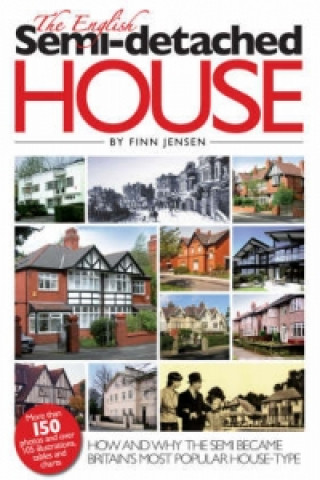
Kód: 04764782
English Semi-detached House
Autor Finn Jensen
This is the story of the peculiarly British architectural compromise: the semi-detached house. More than one third of us live in one - many built in the 20 years between the First and Second World Wars. Designed to appeal to a gro ... celý popis
- Jazyk:
 Angličtina
Angličtina - Vazba: Brožovaná
- Počet stran: 256
Nakladatelství: Ovolo Publishing, 2007
- Více informací o knize

Mohlo by se vám také líbit
Informovat o naskladnění knihy
Zadejte do formuláře e-mailovou adresu a jakmile knihu naskladníme, zašleme vám o tom zprávu. Pohlídáme vše za vás.
Více informací o knize English Semi-detached House
 Anotace knihy
Anotace knihy
This is the story of the peculiarly British architectural compromise: the semi-detached house. More than one third of us live in one - many built in the 20 years between the First and Second World Wars. Designed to appeal to a growing middle class, the history of the semi-detached is the history of suburbia. It has taken a Dane, Finn Jensen, once again to research and tell the story of what makes British towns distinctive. And like his fellow Dane Rasmussen, in 'London the Unique City', or Stefan Muthesiusus in his account of the terraced house, he does it with great sympathy for the values and lifestyles the buildings supported and symbolised. Finn Jensen shows how the roots of the semi go back to aristocratic inventions in the 17th century, and started to take off in the 19th, with a rich profusion of styles. By 1850 the middle class had grown to a third of the population, and used the new trams and suburban railways to escape the smoke. As the English largely declined to invest in tenements, preferring the simpler terrace, our cities sprawled as far as the public transport routes could extend. The Garden City provided a better model, and one of Britain's greatest inventions that was exported round the world. Finn points out that Ebenezer Howard was 70 when work started on Welwyn, and the masterplan was produced in two months, because of his burning desire to show what could be done. In all, there were 20 garden cities before the First World War, which led on to the great drive to build Homes for Heroes. The new arterial roads radiating from the cities provided serviced sitesoften close to modem new factories. Between the two great wars some 76,000 builders produced three million semis in a variety of styles, the greatest housebuilding boom England ever experienced. Pattern books were the equivalent of today's codes, and worked because they were very much simpler. Modernism did not suit Britain's climate or preference for 'make-belief. The privet hedge and street trees gave the illusion of living in the country, as well as endless work cutting the hedge and mowing the lawn. The fully annotated and indexed text is accompanied by hundreds of photographs, drawings and copies of original source material.
 Parametry knihy
Parametry knihy
Zařazení knihy Knihy v angličtině The arts Architecture Residential buildings, domestic buildings
- Plný název: English Semi-detached House
- Autor: Finn Jensen
- Jazyk:
 Angličtina
Angličtina - Vazba: Brožovaná
- Počet stran: 256
- EAN: 9780954867430
- ID: 04764782
- Nakladatelství: Ovolo Publishing
- Hmotnost: 700 g
- Rozměry: 240 × 170 × 20 mm
- Datum vydání: 01. November 2007
Oblíbené z jiného soudku
-

Encyclopedia of Detail in Contemporary Residential Architecture
1356 Kč -

Eat, Drink, Nap
979 Kč -

Case Study Houses
382 Kč -

Spomenik Monument Database
618 Kč -

Jutaku, Japanese Houses
452 Kč -
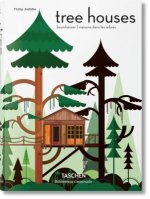
Tree Houses. Fairy-Tale Castles in the Air
505 Kč -
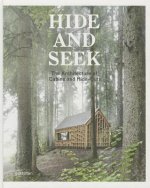
Hide and Seek
1027 Kč -

150 Best Tiny Home Ideas
543 Kč -

Axel Vervoordt: Wabi Inspirations
1218 Kč -

Versailles
1612 Kč -
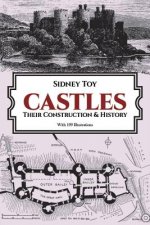
Castles
325 Kč -

Case Study Houses. The Complete CSH Program 1945-1966
1612 Kč -

English Castle
1832 Kč -
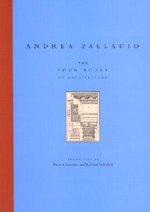
Four Books on Architecture
1036 Kč -

Frank Lloyd Wright's Fallingwater
396 Kč -

At Home in Joshua Tree
577 Kč -
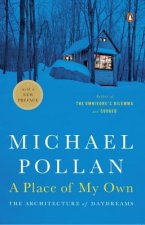
Place of My Own
406 Kč -

White Houses
1144 Kč -

150 Best Cottage and Cabin Ideas
543 Kč -

Cabin Porn
815 Kč -

High On... Scandinavian Architects
747 Kč -

Concrete Jungle
1354 Kč -

Tiny Houses
543 Kč -

Get Your House Right
617 Kč -

Rock the Shack
989 Kč -

Be in a Treehouse
885 Kč -

Surf Shacks
1234 Kč -

Art Deco House Styles
216 Kč -

New Romance
989 Kč -
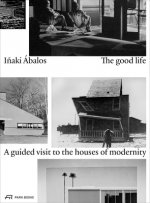
Good Life
942 Kč -

Concrete Houses
1076 Kč -

Tiny Homes on the Move
674 Kč -

Inside Utopia
1232 Kč -

Key Urban Housing of the Twentieth Century
1067 Kč -

Landmarks: The Modern House in Denmark
956 Kč -

Carchitecture
1212 Kč -

Prefab Housing and the Future of Building
1576 Kč -

Tom Kundig
1455 Kč -

Italian Splendor
1227 Kč -

Abandoned Castles
614 Kč -

Sublime Hideaways
1114 Kč -

Landscape of Faith
817 Kč -

Home Work
679 Kč -

How to Build a House, Revised & Updated
611 Kč -

Case Study Houses. The Complete CSH Program 1945-1966
539 Kč -

Rock the Boat
1078 Kč -

Tiny Homes
615 Kč -

Castles of Ireland
383 Kč -

New Treehouses Of The World
784 Kč
Osobní odběr Praha, Brno a 12903 dalších
Copyright ©2008-24 nejlevnejsi-knihy.cz Všechna práva vyhrazenaSoukromíCookies




 Vrácení do měsíce
Vrácení do měsíce 571 999 099 (8-15.30h)
571 999 099 (8-15.30h)